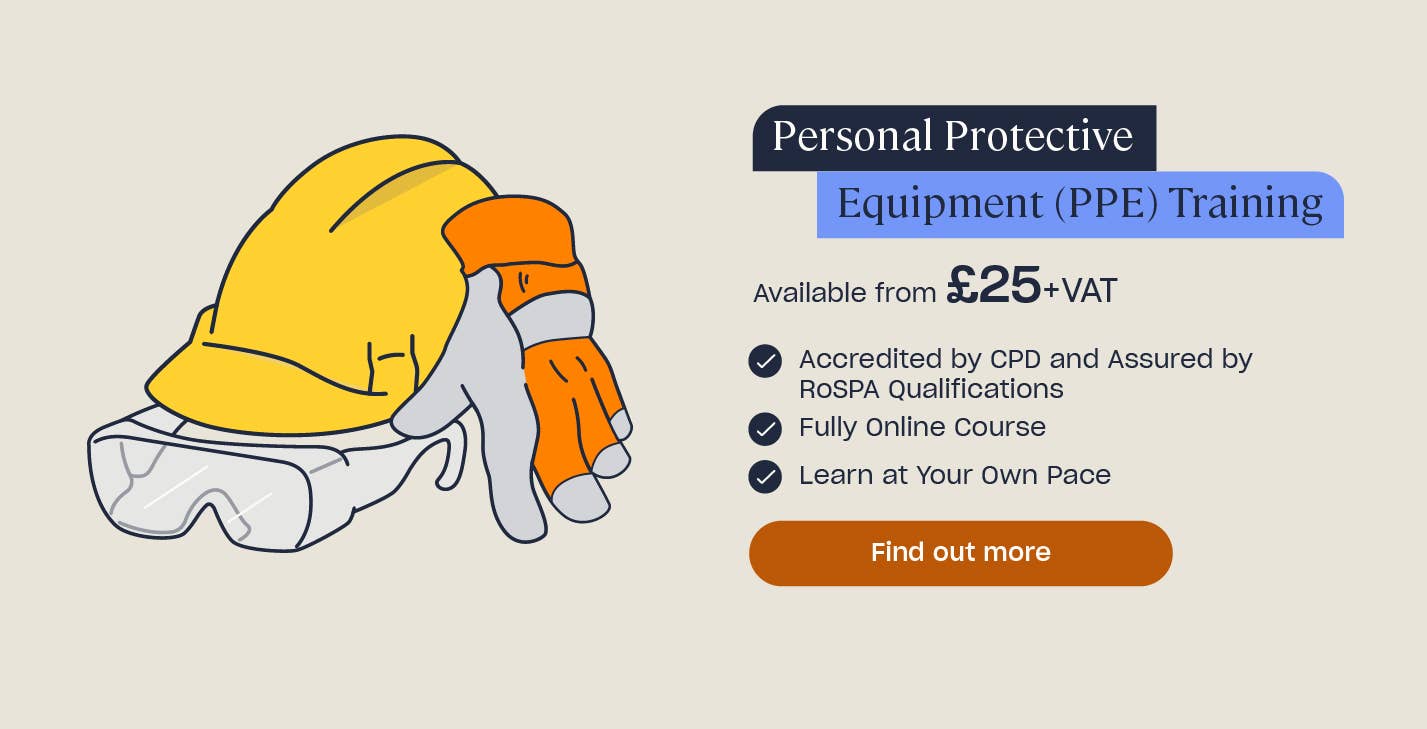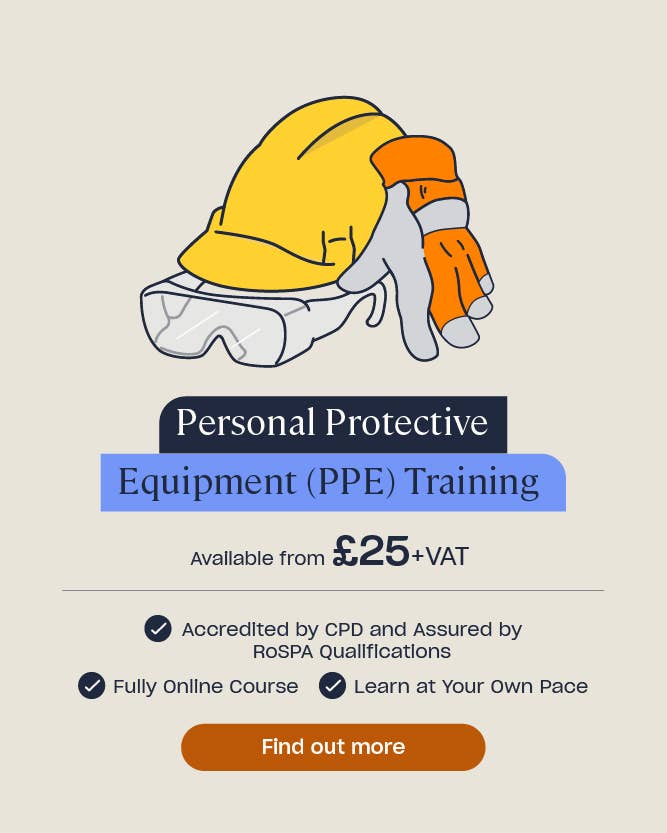Refusal to Wear PPE: Guidance for Employers
Many workers appreciate the necessity of wearing personal protective equipment (PPE) while at work. But for every willing employee, there’s also a stubborn one who’d rather gamble with their safety.
Refusal to wear PPE or neglecting safety gear can be catastrophic for the individual and even the whole company.

Convincing your employees to wear PPE can sometimes feel like an uphill battle. But PPE-shunning staff can be convinced to keep their hard hats and safety shoes on. You may just need to change your approach.
Use the following links to jump to different sections of the article:
- Consequences of Not Wearing PPE
- Refusal for Religious or Medical Reasons
- How to Get Employees to Use PPE
Consequences of Not Wearing PPE
Depending on the work activities carried out, all sorts of immediate and long-term risks threaten people’s wellbeing at work.
Without PPE, employees are at risk of:
- Being struck by falling objects or debris.
- Impacts and collisions.
- Breathing in contaminated air.
- Cuts and punctures.
- Chemical burns.
- Electric shocks.
- Exposure to excessive noise or vibration.
- Projectiles or chemicals harming the eyes.
Some health problems take years of exposure to hazards to develop, such as noise-induced hearing loss and occupational asthma (or even cancer). They can only be prevented by dutifully wearing PPE. By the time a person has wised up to wearing PPE after neglecting it for a long time, it could be too late.
Under the Personal Protective Equipment at Work Regulations 1992, it is the responsibility of the employer to get employees wearing PPE, no matter how challenging it is.
Your business could face legal action if an employee suffers a work-related injury or ill-health due to insufficient use of PPE. Employees cannot be held accountable, regardless of stubbornness or ignorance.

If a worker will not wear their PPE without good reason – despite your attempts to accommodate them – it can be considered gross misconduct and dismissal is allowed. (Read more about dismissal later in the article).
Don’t wait until an accident at work frightens people into finally wearing their PPE. By then, damage has already been done to people and the business.
Refusal for Religious or Medical Reasons
There are three legitimate reasons employees may refuse to wear their PPE:
- A medical condition which makes the PPE uncomfortable or harmful to wear.
- Ill-fitting PPE that compromises safety.
- Sikhs who wear a turban – they are exempt from wearing head protection when working on construction sites.
Some people have allergies to certain fabrics or have a skin condition that make some materials irritating to wear. Dermatitis, eczema, and psoriasis are just a few examples.
Machinery may snare loose-fitting high-vis jackets while warning alarms may be blocked by ear defenders with too high a decibel reduction, putting the user’s safety at risk.
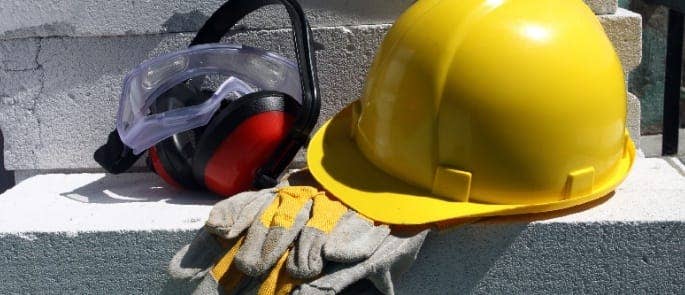
In these circumstances, the employee is still required to wear PPE, but the responsibility shifts back to the employer. They must find their employee suitable gear that accommodates their medical condition or fits them correctly.
People with a latex allergy can swap to a synthetic alternative, while those with dermatitis can use PPE specially designed to let skin breathe.
Until you provide appropriate PPE, the employee is well within their rights to refuse. However, they cannot perform safety-critical tasks without it. So you need to temporarily move them to another task until you acquire the right PPE.
Case Study
Brian Farmiloe, a warehouse worker for Lane Group, was required to wear safety boots but refused as they aggravated his psoriasis. The company aimed to resolve the issue by allowing him to wear his own sturdy shoes. However, during a routine inspection the officer deemed this unacceptable.
Lane Group searched for alternative PPE, but was unable to find anything suitable. Likewise, they could not find a less safety-critical role in the company that Brian could be swapped to. So he had to be dismissed.

Initially, an employment tribunal upheld Brian’s claim of discrimination. But they later reversed the decision because the company’s risk assessment had deemed PPE a necessity. Lane Group had fulfilled their responsibility to look for alternative PPE and a less safety-critical job for Brian, but because nothing was suitable for him they had every right under health and safety law to dismiss him. In this situation, health and safety overrides employment law.
PPE and Religion
According to the Employment Act 1989, Appendix 2, turban-wearing Sikhs are exempt from wearing head protection when working on construction sites. But that doesn’t mean they can hang up the rest of their PPE; they still have to wear other required gear.
You should always try to accommodate turban-wearing Sikhs who work on your site. Do all you can to control risks another way or find them a role that doesn’t require wearing head gear. But if it’s unavoidable, they can’t work for your company in accordance with health and safety law and you can’t be tried for discrimination.
If you have Hindu or Muslim workers, they could object to wearing PPE made from leather (the cow is sacred in the Hindu belief) or products made from pig skin. There is no law that supports this right, but you should still accommodate the beliefs of your workers as best as you can by seeking alternatives where possible.

How to Get Employees to Use PPE
To convince staff to wear their PPE, you need to take various approaches. Some methods may work on one person but not on others. All these methods applied together are much stronger than if used individually; you show your company truly values employees’ safety beyond compliance.
1. Let Users Help Choose PPE
People usually prefer equipment that they’ve chosen themselves – it gives them a sense of independence, individuality, and control. So it makes sense that employees are less inclined to wear PPE you select for them without any input.
If you’re buying equipment in store, let those employees who are refusing or need motivation to wear their PPE accompany you and choose. If there are a number of people, spread it out; plan multiple trips. It’s worth the effort to get everyone properly equipped.

Have a catalogue handy so users can choose PPE that is suitable for them. Or, if you’re buying online, let users browse through the selection.
Doing so helps users choose PPE that fits them properly and accommodates any medical conditions.
Ensuring PPE is a suitable fit is particularly important for women in male-dominated industries, such as construction. According to a survey of 600 women, 83% reported that their jacket did not fit properly; 64% had to wear gloves that didn’t fit properly; and 58% had to wear ill-fitting shoes and trousers.
Be flexible and don’t restrict your purchases to one supplier only. Restricting your supplier says “we don’t want to spend more money on you”; it heavily implies you don’t value their safety. But also be firm in ensuring the PPE they pick meets safety standards.
Communicate with them in a friendly manner; don’t order them around. If any employee is refusing to wear PPE due to a sizing problem, comfort reasons, or a religious or medical issue, address it with them by acknowledging that you recognise this is a cause of frustration. Let them know that you would like their input to solve the problem and get adequate PPE sorted. They’ll appreciate that you respect them and be more inclined to help choose and wear their PPE.
2. Employment Contracts
As mentioned earlier, you may have grounds for dismissal if you try everything to accommodate an employee but they won’t or can’t wear PPE. Make this clear in your employment contracts so there’s no room for uncertainty or claims of ignorance.
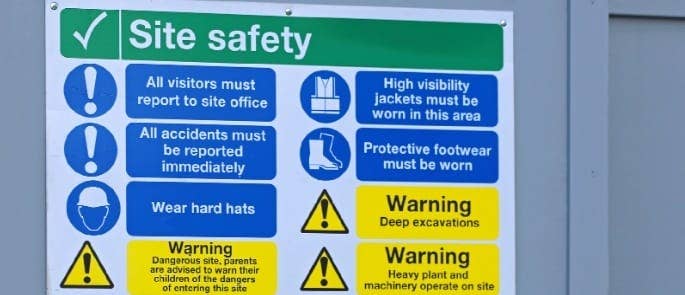
Add a clause that states wearing PPE is mandatory in order to comply with Health and Safety law.
Here’s an example of an employment clause for PPE:
“All employees must comply with their duties under the Health and Safety at Work etc. Act 1974, section 7. This means they must follow safe systems of work and site rules required to protect your health and safety, including the compulsory use of personal protective equipment (PPE) when deemed necessary through risk assessments, as required by the Personal Protective Equipment at Work Regulations 1992. PPE must be worn as required and looked after in accordance with instruction and training. Any loss, failure, or refusal to do so can be treated as gross misconduct and may result in a disciplinary offence, which could ultimately lead to dismissal in serious cases.”
Make no mistake: a clause does not absolve you of responsibility. It just gives you the foothold you need to manage cases where refusal is persistant.
Furthermore, you cannot make employees sign a disclaimer.
No matter what, you (as the employer) are fully responsible for ensuring employees wear PPE when carrying out safety-critical roles. The law does not allow you to exclude liability for personal injury; a disclaimer would be ignored in court.
3. Show, Don’t Tell
Lead by example by wearing PPE in all required zones.
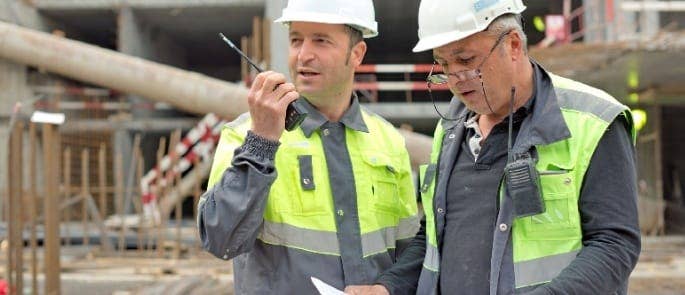
Workers can’t see why they should follow rules if senior staff fail to follow them too. You contradict your stance on health and safety by implying PPE is inconsequential, and you lose the respect and trust of your employees.
Plus, you’re not immune to the risks, even if you’re not working there all the time. All it takes is a moment for an accident to happen.
4. Time for Training
More often than not, poor awareness and risk perception stop people from wearing their gear. Training on health and safety, and PPE specifically, can really help drive home how important wearing safety gear is. As can personal accounts from people who have suffered injuries or illness due to not wearing PPE.
Need a Course?
Our Personal Protective Equipment course looks at legislation relating to PPE, the various types of PPE that protect workers from hazards, and how to determine the need for PPE.
Go online and do some research for case studies. Send your findings to employees via email or distribute alongside training materials. Or, if you know someone personally, get them to talk to staff.
Many people are resistant to reading big chunks of text, so you might want to opt for visual content. Show images or videos relating to PPE, but be wary of cheesy or scaremongering content. Cheesy media tends to trivialise the importance of safety gear, while scaremongering content is often too dramatic and not relatable.

Here are some examples of good choices we’ve selected for you.
- It did hurt: A video of a man welding when a spark hits him in the palm of his hand despite wearing PPE. What if he hadn’t been wearing his PPE?
- Wear your PPE: A man talks about how he should have been wearing safety glasses when cutting wood; he suffered an eye injury.
- Acute hand injury: A 3 minute video about a fabricator who suffered a severe cut on his hand because he wasn’t wearing safety gloves.
- Donnie’s accident story: This video is a little more dramatic than other videos, but is still grounded in reality as it’s about a real accident.
5. Why We Stay Safe
Sometimes, people get complacent when performing the same work on a daily basis. Routine makes us think things will never change; that harm can’t possibly come to us and everything will be fine forever.
So, sometimes we need a little nudge back into reality; we need to be shown why we do what we do (beyond ‘because the law says so’) and why we shouldn’t let our guard down.

Put up a bulletin board in the staff room or where workers store their PPE. On the board, encourage people to pin pictures of their family, friends, pets, or whatever else gets them out of bed in the morning and motivates them to stay safe every day.
Free of any talk about health and safety legislation, it’ll act as a real reminder of why they should be wearing their PPE and staying safe – if not for themselves, for others.
What to Read Next:
- PPE Quiz
- Personal Protective Equipment at Work: Health and Safety Guide
- Hard Hat Colour Codes in Construction: What Do They Mean?
- PPE in Construction: Safety Guidance and Checklist
- Welding Hazards in the Workplace: Safety Tips & Precautions
- Warehouse Safety Quiz
- Ten Common Construction Site Hazards
- 40 Warehouse Safety Tips
- Personal Protective Equipment (PPE) Training Course


